Crazy World by Scorpions
Buy Crazy World Driven by the popularity of a historically significant song, Crazy World was a commercial success in 1990 for Scorpions. The eleventh overall studio release by this rock band from Germany, […]
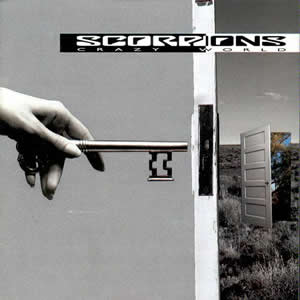
Buy Crazy World Driven by the popularity of a historically significant song, Crazy World was a commercial success in 1990 for Scorpions. The eleventh overall studio release by this rock band from Germany, […]
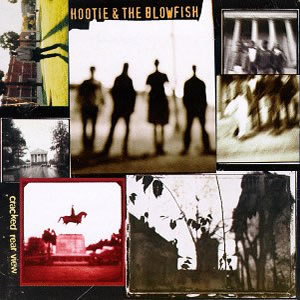
Buy Cracked Rear View Cracked Rear View was a debut album that found phenomenal commercial success for Hootie & the Blowfish. Released in 1994, it went on to be the highest selling album […]
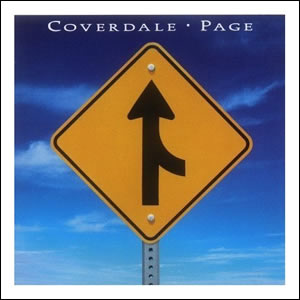
Buy Coverdale-Page Coverdale/Page was a collaboration featuring former Led Zeppelin guitarist Jimmy Page and former Whitesnake and former Deep Purple lead vocalist David Coverdale. The union of these two seemed like an odd […]
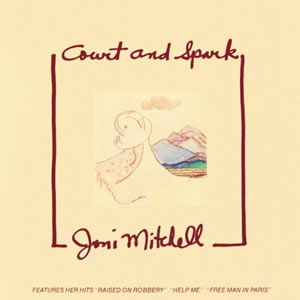
Buy Court and Spark Court and Spark is the sixth album by Joni Mitchell and the first where she moved towards pop and jazz elements to blend with her base folk compositions. The […]
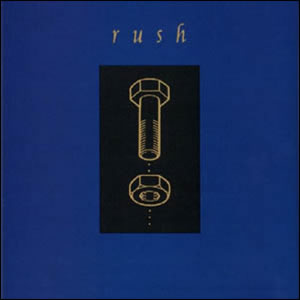
While there is a definite break from the pop-leaning, synth-fused sound that had defined the Rush sound since the mid-1980s, their evolution back towards rock was not quite complete on Counterparts. Some have […]
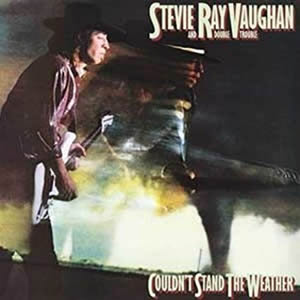
Buy Couldn’t Stand the Weather Couldn’t Stand the Weather is the critically acclaimed sophomore release by Stevie Ray Vaughan and Double Trouble. The album features an equal mix of original compositions and cover […]
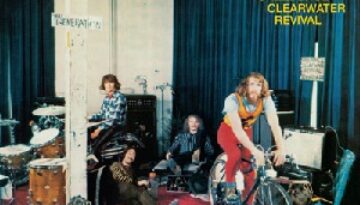
Buy Cosmo’s Factory If nothing else, Cosmo’s Factory is a unique and unconventional album in its structure and approach, as it starts out oddly and packs all its pop/rock firepower towards the back […]
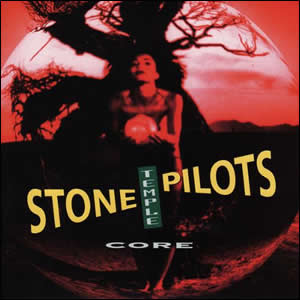
Buy Core Around 1990, a hard rock band from San Diego, CA called Mighty Joe Young recorded a demo featuring some unorthodox musical styles, such as funk and yodeling and soon began to […]
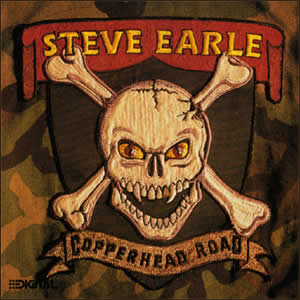
Buy Copperhead Road Steve Earle has always woven in and out of the outlaw country genre exploring different sectors of musical territory. Back in 1988, Earle took his first major turn into what […]
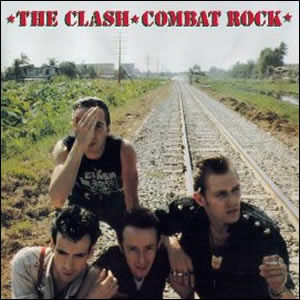
Buy Combat Rock The last significant album by The Clash came in 1982 with Combat Rock. The album follows the experimental triple album Sandinista!, which itself followed the double album London Calling. The […]